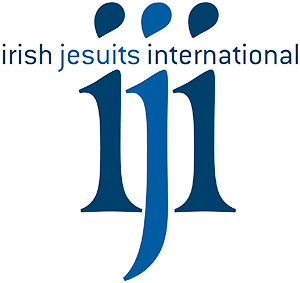![]()
[widgetkit id=21]
Below is an account of the Jesuit Relief Operation’s visit to Culion Island. For updates on the ongoing relief operation click here.
The next day after our arrival in Manila we traveled to Culion Island with a team from SLB (Simbahang Lingkod ng Bayan which means Church in Service of the Nation) and some members of the Disaster Response and Management Team of Ateneo de Manila University (DReaM Team). Culion is a municipality with 41 islands and belongs to the province of Palawan. The typhoon Haiyan/Yolanda made its 6th and last landfall in the Palawan Province and the northern islands experienced quite severe damages without having been in the focus of international media and emergency relief.
As Culion has no airport we flew to Coron on Busuanga Island. One of the airport buildings is still badly damaged and on the one-hour way to the harbour we passed woodlands with many broken trees. At the pier the boat of Kawil Tours was already waiting for us. Kawil Tours is a small social enterprise for eco-tourism in Culion which was established two years ago by a group of graduates of Ateneo de Manila and young locals with the help and support of Fr. Javy (Fr. Xavier Alpasa SJ, Director of SLB who has lots of experience in setting up social enterprises and had been parish priest in Culion at that time).
After an almost two hour boat trip we arrived at the main island of Culion. The first thing people told us was: ““You are lucky! Tonight is the first time after the typhoon that the electricity came back!” Usually on the main island of Culion electricity is provided 12 hours per day as the power plant is operating from 12:00 noon to 12:00 midnight. It is owned by a private company and according to local opinion its erratic or non-existing operating hours after the typhoon are more due to the moods of the owners than to any other real reason. The next morning it becomes clear why the electricity came back. At 6:30 a.m. the sound of a helicopter is alerting everybody and small fishing boats with people from the nearby islands are coming. The governor of Palawan has arrived for a political rally combined with music and the distribution of relief goods to the fishermen from the small islands around. Everything seems to serve the objective of publicity and when the governor leaves Culion with him goes the electricity again. Later a group of women from Binudac would tell us that they had to wait the whole day in the line up for the relief goods and had to spend the night in Culion because it had become too late to be able to find transportation to Binudac which is a small village on the other side of the main island.
Culion had been one of the main destinations of the Relief Operations that SLB had started together with different partners directly after the typhoon. Through the parish and with the help of the LGU (local government unit), the navy and many volunteers SLB had managed to distribute to the different islands of Culion 4,496 family packs (each pack contains a bucket with 10 kg of rice, packages of noodles, an assortment of canned goods and a hygiene kit), 25 boxes of drinking water, 8 tents, 8 tarpaulin, 20 tarps, 5 boxes of candles, 46 boxes of biscuits, 25 sacks of rice, 70 boxes of Manna rice, 6 boxes of noodles, 235 packs of bihon (noodle dish) and 33 boxes of Solar LED light.
To continue reading ![]() click here.
click here.

